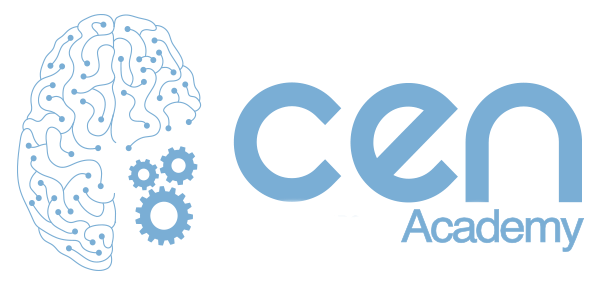Stroke recovery is a journey through time, biology, and resilience. Each patient charts a unique course, influenced by the interplay of neural plasticity, structural integrity, and therapeutic effort. But amidst this complexity, patterns emerge—patterns that help us understand the potential and limitations of recovery.
A new systematic review and meta-analysis sheds light on upper-extremity motor recovery during the subacute phase of stroke. The findings are both sobering and inspiring. Across 54 studies involving 2,774 patients, improvements in motor function consistently exceeded the thresholds for minimal clinically important differences (MCID). For example:
- The Fugl-Meyer Assessment (FMA-UE) improved by 10–16 points within 12–24 weeks of usual care.
- The Action Research Arm Test (ARAT) showed similar gains, with improvements of 8–17 points during the same period.
These numbers are not just metrics; they are reflections of human potential. They remind us of the extraordinary adaptability of the brain, particularly within the critical window of recovery—the first 3 months post-stroke.
Factors that shape recovery
Not all recovery paths are equal, however. The data reaffirm some key predictors:
- Initial severity: The less impaired at baseline, the greater the recovery potential.
- Cortico-spinal tract integrity: The functional CST (MEP+) group showed significantly greater gains than those with severe CST damage.
- Age and time: Youth and early intervention are allies in the neuroplasticity battle.
But even among the most severely affected, meaningful recovery is possible—though it demands targeted, intensive rehabilitation strategies.
What We Still Don’t Know
There’s a paradox at the heart of stroke rehabilitation. Despite progress in our understanding of recovery mechanisms, the variability in “usual care” remains staggering. Therapy durations range from 30–120 minutes, with no standardization in content. This variability muddies the waters, making it harder to disentangle what works from what doesn’t.
Furthermore, our understanding of neural predictors—such as CST lesion load or cortical reorganization—remains incomplete. While kinematic studies show improved smoothness and movement quality, we’re left wondering: How can these insights be translated into practice?
Why This Matters
These findings offer a critical reminder for clinicians, researchers, and policymakers alike: recovery is possible, but it requires better systems and more tailored approaches.
For clinicians, this means:
- Setting realistic yet ambitious goals based on baseline severity and CST integrity.
- Leveraging the critical subacute window with high-intensity, task-specific therapy.
For researchers, it’s a call to standardize interventions and harness biomarkers to predict and personalize recovery.
And for all of us, it’s an invitation to embrace the resilience of the human brain. Stroke recovery is not linear, nor is it inevitable. But it is possible—and that’s where the promise lies.
This publication is based on the results of «Upper-extremity motor recovery after stroke: A systematic review and meta-analysis of usual care in trials and observational studies»: https://www.sciencedirect.com/science/article/pii/S0022510X24004775
José López Sánchez
CEO @ Centro Europeo de Neurociencias | Intensive Therapy Specialist

